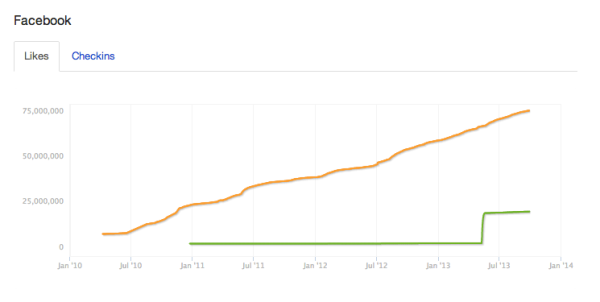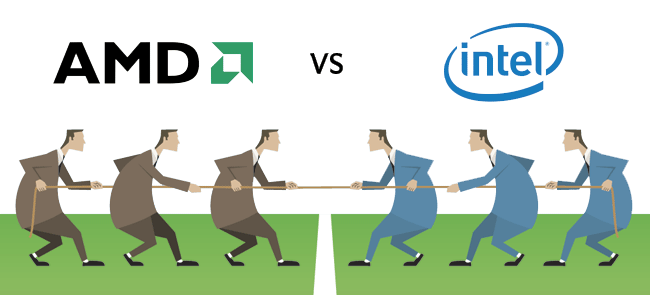Hey everyone, hope you’ve all been well.
You all have probably guessed this already hint the title. I thought this week would be a great time to talk about the very famous Old Spice, who are well known for some of the best marketing campaigns and strategies.
As usual lets start with a bit of background on Old Spice. Old Spice is an American brand of male grooming products. It is manufactured by Procter & Gamble (P&G), which acquired the brand in 1990 from Shulton, Inc. The original producer of Old Spice, was founded in 1934 by William Lightfoot Schultz. The first Old Spice product was intended for women and was introduced in 1937. Old Spice for men then followed in 1938.
Viral Campaigns
So what are these media campaigns that you may or may not have seen. The campaigns I speak about are what have lead to Old Spice being one of the most recognisable brands of today. These campaigns were originally launched as TV and Youtube Commercials. Here are couple of my favourites:
This campaign has received 46,639,776 views on Old Spices official Youtube channel alone. It has also been the Number 1 most viewed video on Youtube
This campaign has received 24,005,215 views on Old Spices official Youtube channel
In addition to these videos a follow-up program in which Mustafa recorded funny videos in response to fans, bloggers and Twitter influencers were created to further drive the campaign home with consumers.
ROI
Well the question has to be asked, what is the point of these campaigns for organisations such as P&G? Easy it is all about what they can get in return, or Return on Investments also know as ROI. What ROI entails is the the Gain from an Investment taking away the Cost of Investment then dividing the output by the Cost of Investment and multiplying it by 100% to get the ROI.
But heres an easier way to look at it:

(J,Watson. 2013. Return on Investment ROI)
So what does ROI say about the Old Spices campaigns? After the campaign Old Spice recorded a 107% increase in body wash sales, Facebook fan interaction increased to 800%, Twitter following increased by 2700% and their traffic on Oldspice.com went up 300%. Further to Old Spice has now become the number one body wash brand for for men. While costs of the campaign were not disclosed it is clear that it lead to a greater gain from the investment than the costs entailed. Both the tangible and intangible benefits created by the Old spice campaign are easily recognisable. Not only did Old Spice see a increase in their profit margins but additional benefits such as brand recognition and additional product recognition would have been achieved.
The End your End could be Like
Joe Fernandez writes “The campaign has now scooped over 100 awards globally – including an Emmy – and continues to grow in notoriety”. WIth this in mind it is clear that the Old Spice campaign was a great success. We have looked at who Old Spice is, their successful campaigns and the Return on Investment generated by such campaigns Hopefully something you’ve read today was a help to you.
As usual please feel free to comment.
Thanks for reading,
Dillen
.
.
P.S Click on the Images and Videos to go to the owners site’s



























